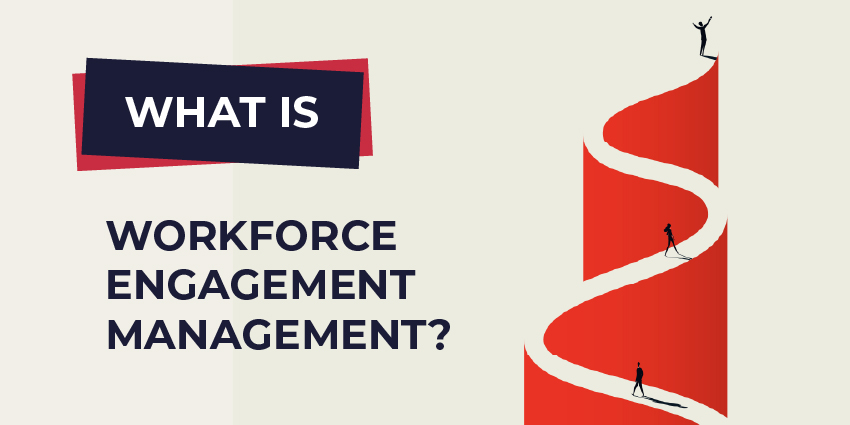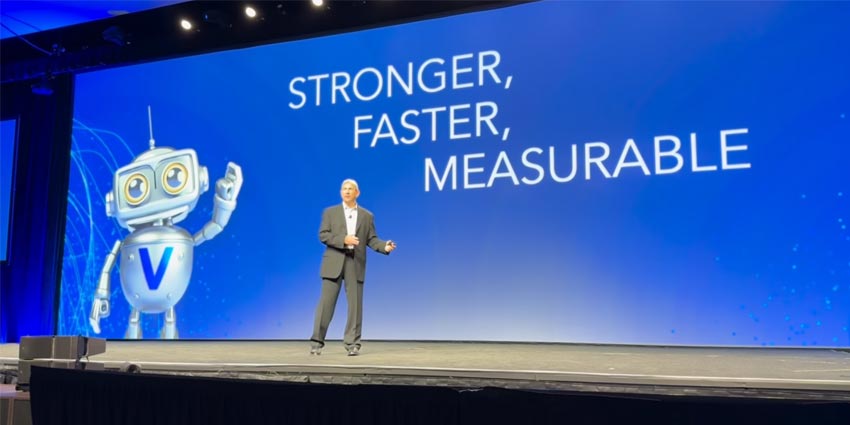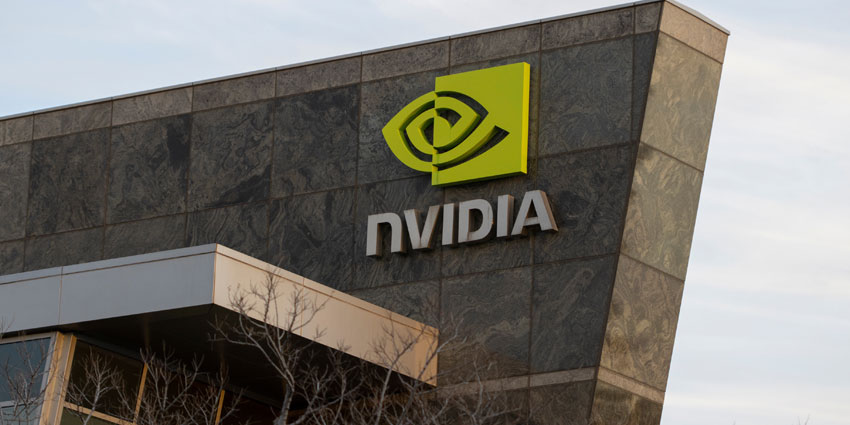There’s something devastating happening in boardrooms across the globe. It’s not a market crash or a supply chain crisis. It’s the slow, silent loss of customers that once looked untouchable.
The cause? Both a rapid decline in customer experience interactions and a similar decline across BPO partners who have stopped evolving. Providers that once promised transformation, but over time, have begun to settle for maintaining the status quo.
This isn’t another story about cost-cutting gone wrong. It’s about revenue: measurable, P&L-destroying losses that CFOs and revenue leaders are only now beginning to trace back to a decision made years ago in procurement.
The $2.4 Million Question Nobody Asked
Consider a global technology brand, one of those names everyone knows. The company was losing $2.4 million a year through its service booking process.
Their product wasn’t faulty; their pricing wasn’t wrong. Somewhere along the line, nobody had stopped to ask the fundamental question, “Is our BPO partner actually making us better?”
The process by which the company scheduled, confirmed, and serviced customer repairs and installations, had become tangled in inefficiencies. Error rates crept into double digits. Each mistake meant rework, refunds, and customer frustration.
When Transcom was brought in to help, they led a complete workflow mapping process. What they uncovered was striking. The previous provider had failed to evolve with the business requirements, and worse, had failed to act as a proactive business partner.
Workflows were outdated, knowledge was inconsistent across teams, and no one had taken responsibility for driving shared business goals. Transcom guided the redesign, standardized processes across regions, and built a clear, unified knowledge base.
Within months, the error rate dropped to just 3%, less than half the original target of 7%. The annualized $2.4 million leak stopped almost overnight.
This wasn’t a technology problem. It wasn’t a staffing issue. It was a partnership problem masquerading as both.
The Stagnation Tax
Ericka Heligman, who’s spent nearly two decades working with and for global BPOs, has seen this pattern play out time and again. “Too many providers stop evolving,” she says. “They’re not bringing new ideas and they’re not driving smarter ways to create value for clients.”
When that happens, the results are predictable. Multi-million-dollar relationships quietly disappear because someone, somewhere, decided the status quo was good enough.
Right now, she’s seeing the same story unfold with a global powerhouse brand whose long-time BPO partner has gone dormant, functionally asleep, while the market races ahead. The client’s frustration isn’t just about missed efficiencies; it’s about a lack of proactive involvement to drive ongoing, substantive improvement and real value.
This is the true stagnation tax, not just the cost of inaction, but the opportunity cost of failing to lead.
That’s where Transcom takes a different approach. As Jeff Blair, Chief Growth Officer at Transcom, explains: “We’re pragmatic and client-first. We take immense pride in being a proactive partner who acts as a seamless extension of our clients’ business.”
Transcom supports a tech-agnostic model which means the company partners with the best AI and automation providers in the market and only develops proprietary tools when no suitable solution exists. This flexibility ensures clients always get the right technology for their business goals, not whatever happens to be sitting on a provider’s shelf.
The result is a partnership built on progress, not product sales.
What CFOs Actually Care About (Spoiler: It’s Not Customer Happiness)
Let’s be direct. CROs don’t invest in CX because they’re sentimental about customer happiness, they do it because CX has a measurable, proven impact on revenue.
The data is impactful: 82% of customers say they stay and spend more with brands that deliver great experiences. On the flip side, 85% have stopped or reduced spending after a poor interaction. That’s not just a customer satisfaction problem, but a revenue retention crisis.
CX is either your growth engine or your churn accelerator. If your BPO partner isn’t actively, constantly working to tip that balance in your favor, they’re costing you more than their monthly invoice.
The Advisory Gap
This is where most traditional BPO relationships collapse into irrelevance. They deliver the service you specified, at the price you negotiated, with the KPIs you defined three years ago. And then they stop.
Transcom’s CX Advisory practice flips the script. Their focus is on auditing your business, finding hidden inefficiencies, pinpointing overlooked KPIs, and uncovering opportunities for innovation before your competitors even see them coming.
Think about that for a moment. Instead of a partner who waits for your RFP to tell them what to fix, you get a partner who tells you what’s broken before you realize it’s costing you money.
For that tech company with the repair and instillation errors, the breakthrough didn’t come from better agents or smarter AI. It came from business process mapping, an unsexy, detailed, forensic analysis of where knowledge gaps and inconsistent workflows were creating expensive mistakes. Then the team implemented knowledge standardization across internal teams and external partners, deployed through a coordinated regional campaign.
Call it what it is: this isn’t outsourcing in the traditional sense. It’s a strategic partnership.
The Next-Generation BPO Imperative
The BPO industry is sometimes viewed with skepticism. Too many providers treat outsourcing as a cost arbitrage play: find cheaper labor, lock in a contract, and coast on renewals.
Here’s what’s changing: enterprise buyers are no longer shopping for the cheapest option. They’re looking for partners who can deliver competitive advantage. Partners who won’t just execute the playbook you handed them, but who will help you rewrite it every quarter based on what’s happening in your business and your market.
The leading tech brand referenced earlier didn’t just need better execution. They needed someone to notice the problem, quantify the impact, redesign the process, and coordinate implementation across multiple geographies and stakeholder groups. That’s consultancy-level work wrapped in BPO-level scale.
The Bottom Line (Literally)
If you’re a revenue leader, a CFO, or anyone responsible for growth, here’s the uncomfortable question: Is your current BPO partner making you more competitive, or just less expensive?
In 2025, those are very different things. The market is moving too fast, customer expectations are rising too quickly, and AI is democratizing too much for “good enough” to remain viable.
Your CX partner should be obsessed with your P&L. They should be able to draw a straight line between their work and your retention rates, your upsell opportunities, and your churn reduction. They should be bringing you insights, innovations, and improvements you didn’t ask for, because they understand your business well enough to see what you can’t from the inside.
The brands winning in this environment aren’t the ones with the fanciest AI stack. They’re the ones who’ve figured out that CX is a revenue engine, and their BPO partner is either fueling that engine or silently draining it.
The only question that matters: which one is yours?







